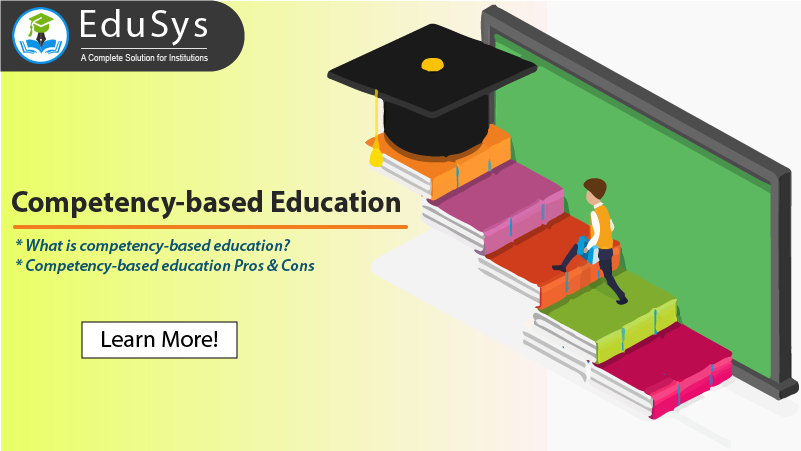What is competency-based education? Pros & Cons (2022)

Unlike the time-based teaching and learning approach, which emphasizes on completion of a course(s) or class(es) or topic(s) within the allotted time period, the competency-based education focuses more on the personalized learning by enabling the students to learn at their own pace, time, and understanding. Popular in the medicine and nursing educational fields, the proficiency-based education approach guides students in achieving outstanding learner outcomes by facilitating them with more than sufficient time to master skills (referred to as competency) and essential subject knowledge. Just like any other educational method, the approach comes with certain inevitable pros and con.
One of the main objectives of the competency-based education method is to fully empower a learner to completely master a skill/ subject/ knowledge, which doesn't necessarily happen in the traditional teaching and learning approach. Since, the conventional method primarily focuses on imparting education by allotting time to the topics, which need to be taught in the classroom; a student's tendency to fully understand the lesson fails to reach up to the expectations, which subsequently leaves them with half-knowledge. Moreover, the approach encourages the instructors at elementary, primary, secondary, and higher levels to formulate excellent lesson plans and curriculums to improve teaching techniques.
Competency-based education Pros - Benefits
Implementing competency-based education in learning and teaching leads to tremendous benefits and advantages.
- Emphasizes personalized learning
- Allows students to learn at their own pace and time
- Ensures students acquire the essential knowledge and skills that deem to be essential to succeed in school, higher education, careers, and life
- Supplies educators with essential student learning process and progress
- Provide a framework to the instructors for identifying learning options/curriculum/programs that meet the needs of students
- Encourage self-assessment and evaluation to improve student outcome
- Increase student engagement in the classroom
- Emphasizes imparting quality education by lowering the costs of education
- Contributes to the overall proper mental and social-emotional development of students
Competency-based education Cons - Disadvantages
The disadvantages of implementing competency-based education are:
- Delay in the teaching and learning process
- Complex to implement
- Requires precise planning and experienced education experts to implement the approach
- Identifying and anticipating the needs and requirements of students is difficult
 03 May 2022
03 May 2022


